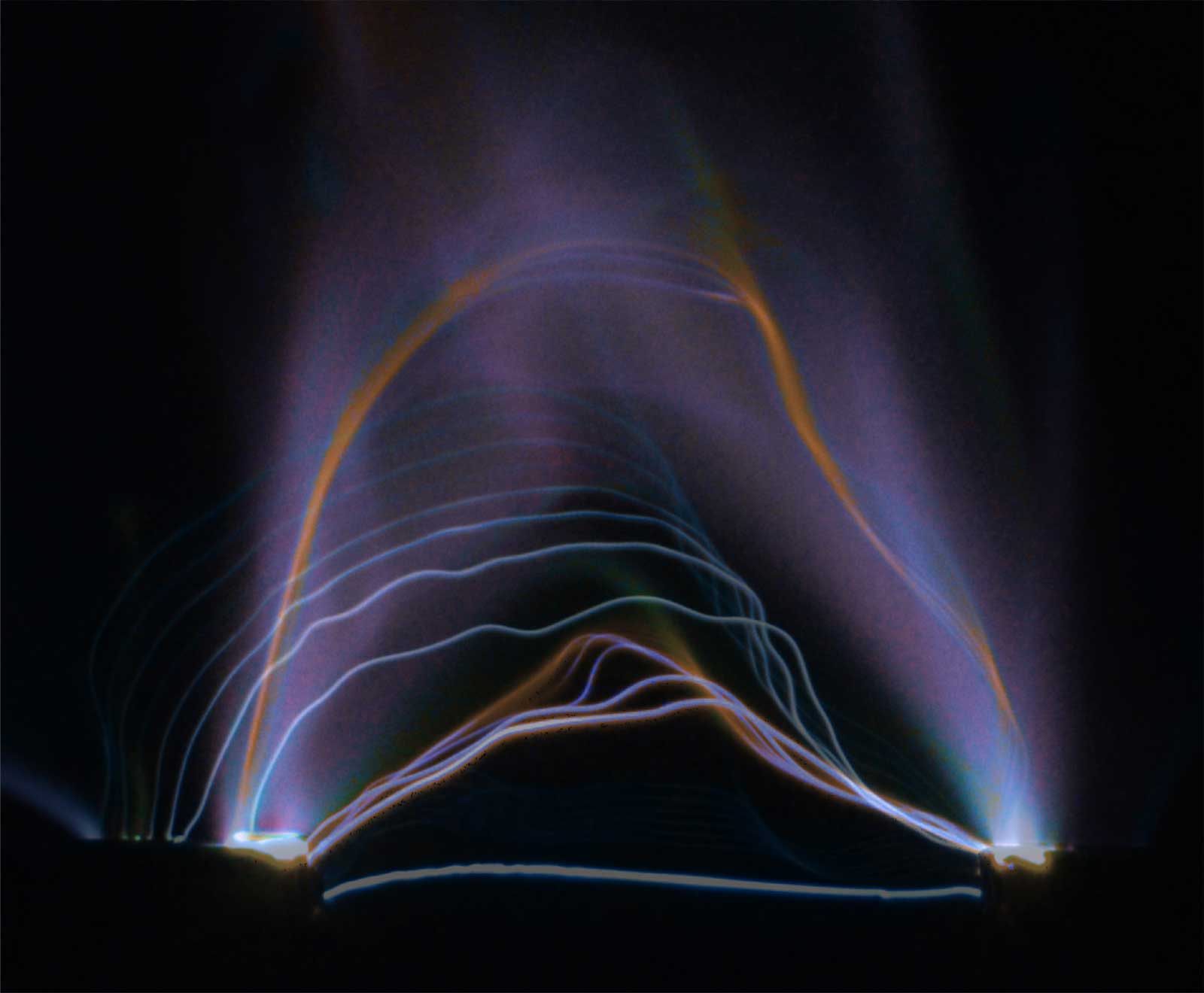Arc flashes pose a grave danger, with 5 to 10 explosions happening daily in U.S. electrical equipment, causing around 2,000 severe burn injuries annually.
Safety Compliance
Protect Employees
Mitigate Liability
Eliminate Downtime
Trust Bay Engineers with Your
Arc Flash Study & Mitigation
With over 60 years of combined industry expertise, Bay Engineers offers comprehensive electrical engineering services, and specializes in arc flash hazard analysis.
Conducting an arc flash study demands expertise in power analysis and arc flash analysis, skills possessed by seasoned electrical engineers. Only professionals versed in industry standards like IEEE 1584 and NFPA 70E can ensure accurate data collection and analysis, safeguarding against potential hazards. Don’t risk incomplete or outdated assessments; rely on our team of professionals who prioritize your safety and compliance.
Our team conducts thorough on-site assessments to prioritize facility safety and operational efficiency, ensuring compliance with industry standards.

Industries
We Serve
Biopharmaceutical
Microelectronics
Nano-Materials
Specialty Materials
How Does Our
Arc Flash Study Work?
Short Circuit Study
Identify Arc Flash
Hazards
Determine Protection Boundary
Compliance with
Standards & Regulations
Coordination Study
Assess Arc Flash
Incident Energy
Recommend
Safety Measures
How Does Our
Arc Flash Study Work?
Short Circuit Study
Coordination Study
Identify Arc Flash Hazards
Assess Arc Flash Incident Energy
Determine Protection Boundary
Recommend Safety Measures
Compliance with Standards & Regulations
Our Clients
We turn to Bay Engineers for our most demanding jobs because we know that the thoroughness of their designs, their ability to meet short deadlines, and their creativity in solving problems that arise in construction are at the highest level.
–EUGENE H. SAKAI, AIA, STUDIO S SQUARED ARCHITECTURE
FAQ
Frequently Asked Questions
About
Bay Engineers
Bay Engineers is a multi-faceted engineering and project management firm. We serve industrial, institutional, governmental, and commercial clients. We specialize in projects that require complete understanding of the microelectronics, bio-pharmaceutical, and specialty materials sectors.
We strive to meet and exceed our client’s expectations. We take pride in our expertise and quality.
























